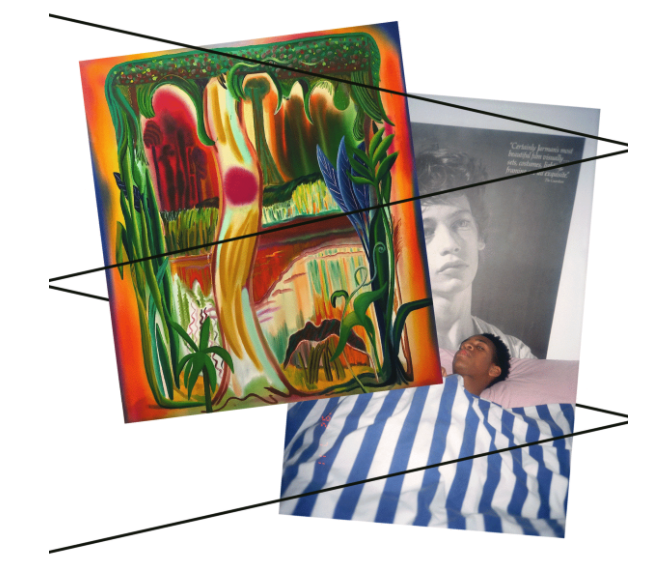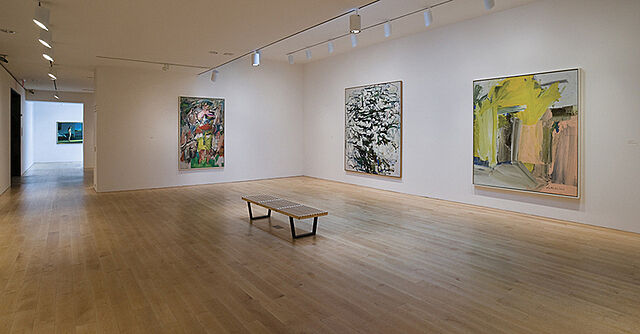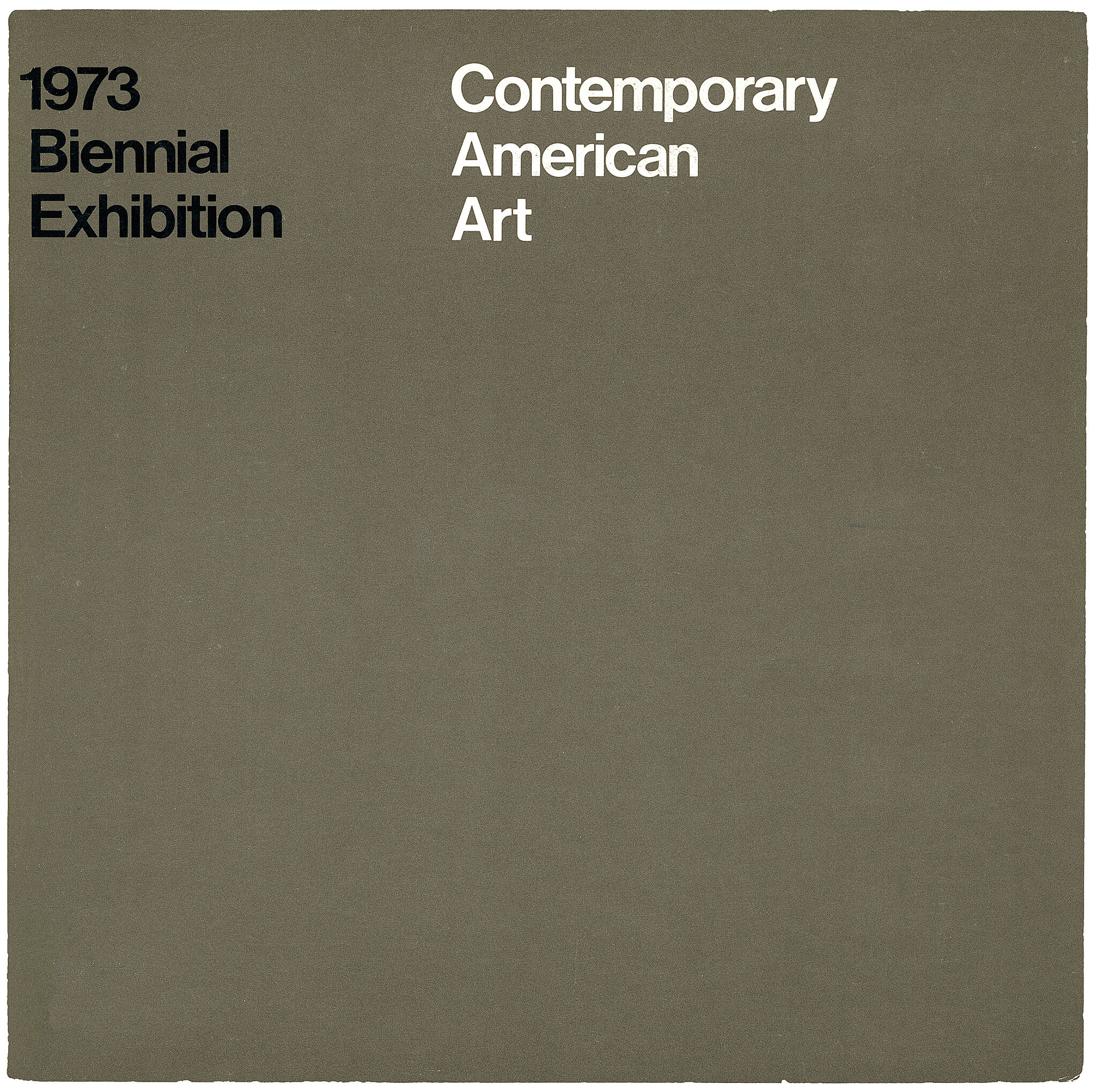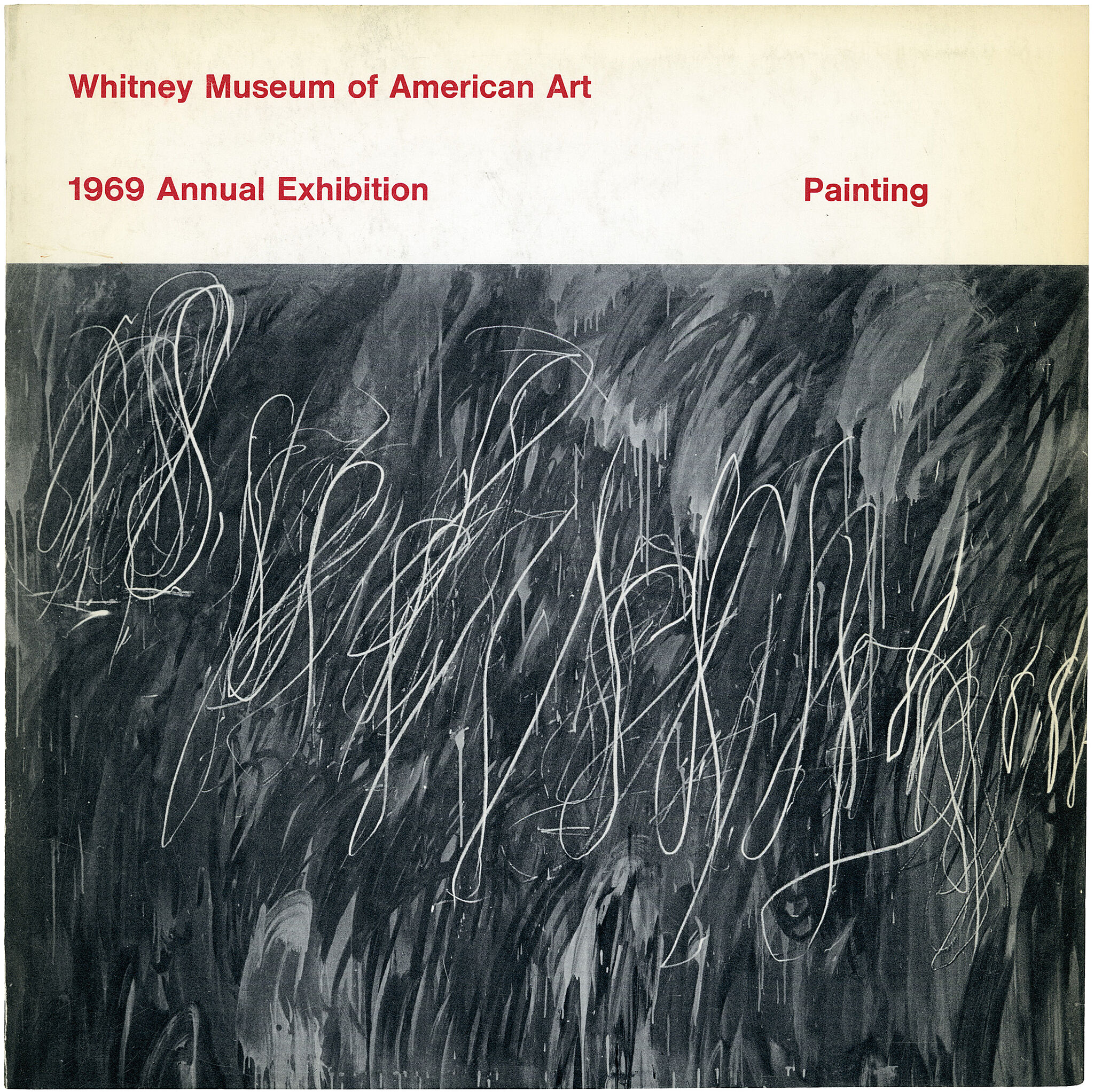Jo Baer
1929–2025
The simplicity of the elements of Jo Baer’s Untitled (Korean) belies the complexity of the whole: subtle differences in the weight and shape of the lines draw in the eye, colors vibrate and merge in peripheral vision, and the white edge that extends beyond the black border seems to bleed into space. This work belongs to a series from 1962– 63 in which Baer repeated this format, varying only the geometry along the upper edge within an otherwise strict template.
This series was Baer’s first important statement as a painter and marked her entrance into the emerging discourse of Minimalism. Like other New York artists in the 1960s, Baer made abstract works that engaged the viewer’s perceptual experience, often through seriality and geometric form. Yet, while most of her contemporaries began to work with industrial materials, regarding painting as burdened by illusionism, Baer pursued painting’s potential as a radical, nonobjective medium. Her application of paint emphasizes the flatness of the canvas, producing “paintings that picture their own shapes.” Baer’s commitment to Minimalist painting was informed by gestalt and other theories of perception, which she had studied in the 1950s.
The color and shape of Untitled (Korean) produce such optical phenomena as Mach bands (where contrast between a light and dark field heightens the luminosity of both) and retinal glare (in which a white area appears to expand). Baer described her works as “painted light,” asserting that they “do not represent light, they are light.”
Introduction
Josephine Gail Baer (née Kleinberg; August 7, 1929 – January 21, 2025) was an American painter associated with minimalist art. She began exhibiting her work at the Fischbach Gallery, New York, and other venues for contemporary art in the mid-1960s. In the mid-1970s, she turned away from non-objective painting. After then, Baer fused images, symbols, words, and phrases in a non-narrative manner, a mode of expression she once termed "radical figuration." She lived and worked in Amsterdam, Netherlands.
Wikidata identifier
Q1689871
Information from Wikipedia, made available under the Creative Commons Attribution-ShareAlike License . Accessed December 24, 2025.
Introduction
Baer is considered a participant in the development of Minimalism, through work that adhered to a vocabulary of visual elements, in predominantly white paintings with bands of color highlighting their edges. Though her early work was nonobjective, after a 1975 retrospective at the Whitney Museum, Baer moved to Ireland and began work that illustrated her own concept of “radical figuration,” which included fragmentary images, some sourced from art history. She is also known as a writer who countered Donald Judd and Robert Morris's notion of Minimalism in published statements. her son, Josh Baer has been a gallerist, arts writer, and advisor to collectors
Country of birth
United States
Roles
Artist, painter, writer
ULAN identifier
500009657
Names
Jo Baer, Joe Baer, Josephine Gail Kleinberg
Information from the Getty Research Institute's Union List of Artist Names ® (ULAN), made available under the ODC Attribution License. Accessed December 24, 2025.






